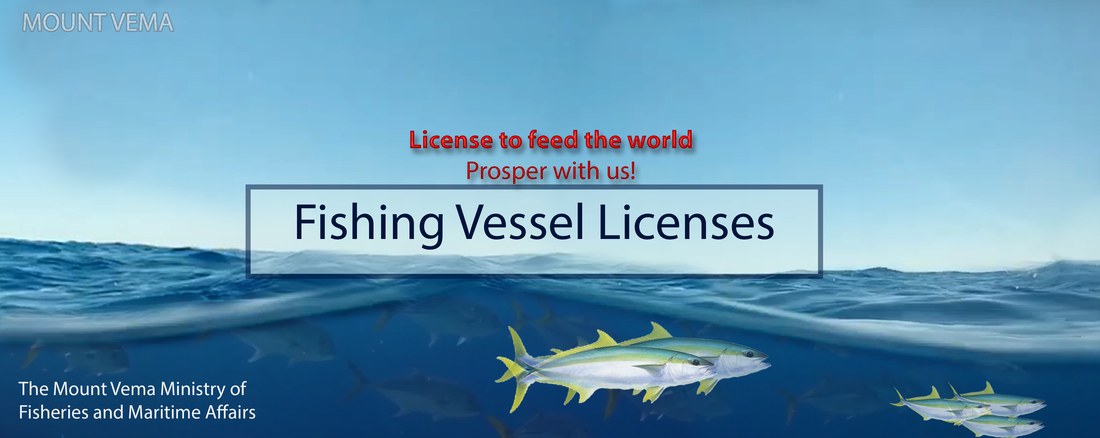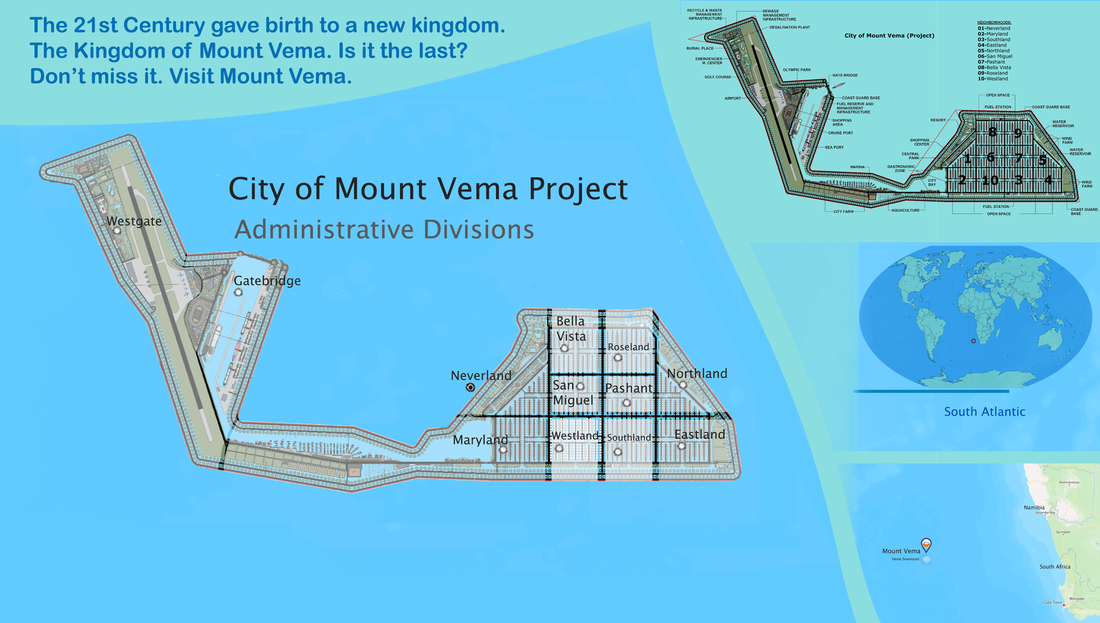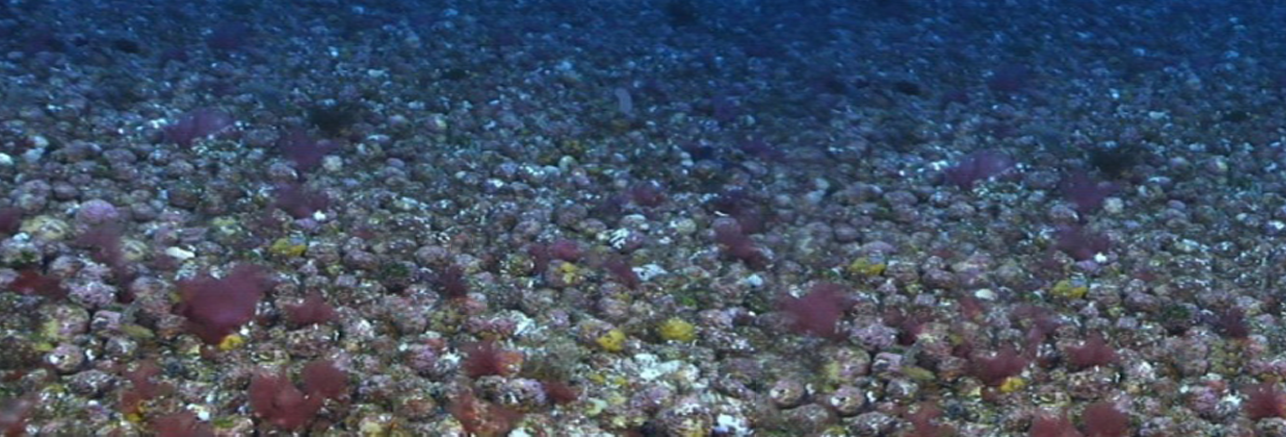Ministry of Fishery and Maritime Affairs
The Mount Vema Ministry of Fisheries and Maritime Affairs, oversee a variety of government offices, and works in liaison with the Police and the Coast Guard. Various divisions of the ministry are concerned with the nation's ports and port development plans, maritime shipping, fisheries, and the Vema Seamount marine environmental policies. The Ministry is also in charge of the country’s aquaculture projects, aiming to meet rigorous district, national and international environmental standards, based on the best available scientific research, to minimize and manage the risks associated with aquaculture operations.
Fishing Licenses
A Mount Vema fishing vessel license authorizes registered fishing vessels to fish in specified areas of the Vema Seamount Territory. The license enables the Mount Vema Fisheries Administration to control fishing so that the Kingdom of Mount Vema does not exceed the quotas set by the Mount Vema Fisheries Policy. The license allows the Fisheries Administration to set specific conditions and requirements, such as arrangements for the landings of stocks.
Who needs a license
You need a license if you are selling any of the catch from your vessel, even if you only sell any fish you do not want for yourself to friends or to a fishmonger.
However you will not need a fishing vessel license if:
The vessel is 10 metres and under overall length and does not have an engine (that is, it only has oars or a sail);
The vessel is used wholly for the purposes of fishing for pleasure.
What happens if I fish without a license?
Fishing vessels fishing without a license within the Vema Seamount territorial waters are operating illegally if the fish are sold. Owners, masters and charterers of vessels caught fishing without a license or who are not following the terms of their license may be prosecuted. This could lead to fines of up to 250,000 golles for each offense and/or the forfeit of gear and/or fish on board.
In the case of joint ownership of a vessel, all owners are jointly liable for any offenses committed by the vessel.
Who needs a license
You need a license if you are selling any of the catch from your vessel, even if you only sell any fish you do not want for yourself to friends or to a fishmonger.
However you will not need a fishing vessel license if:
The vessel is 10 metres and under overall length and does not have an engine (that is, it only has oars or a sail);
The vessel is used wholly for the purposes of fishing for pleasure.
What happens if I fish without a license?
Fishing vessels fishing without a license within the Vema Seamount territorial waters are operating illegally if the fish are sold. Owners, masters and charterers of vessels caught fishing without a license or who are not following the terms of their license may be prosecuted. This could lead to fines of up to 250,000 golles for each offense and/or the forfeit of gear and/or fish on board.
In the case of joint ownership of a vessel, all owners are jointly liable for any offenses committed by the vessel.
Fishing Vessel License
How do I get a fishing vessel license
To get a Mount Vema Fishing Vessel License, you must visit the official contact page, fill out the contact form, and attach a letter of Expression of Interest to the attention of the 'Fishing Vessel Licenses Officer' at The Mount Vema Ministry of Fisheries and Maritime Affairs. Once your letter is received, you will receive a formal invitation with the application form. Then you must pay a non-refundable prescribed fee as specified by the Ministry to process your application.
|
|
| ||||||||||||||||||
No weapon formed against you shall prosper, And every tongue which rises against you in judgment you shall condemn. This is the heritage of the servants of the LORD, "And their righteousness is from Me," Says the LORD. Isaiah 54:17
MOUNT VEMA
17 YEARS OF ROYAL HISTORY
Home | Contact | News | Banking | Currency | Shopping | Travel | Jobs | Real Estate | Weather | Search | 912 Emergencies | LOG IN
The Legal Entities of Mount Vema
|
COUNTRY
|
COUNTRY CODE
COUNTRY CODES IN USE Mount Vema Country Code: OV / MOV Mount Vema Numeric Country Code: 507 Currency Code: VSG Top-Level Domain: .com, and .ov (proposed) Proposed Telephone Country Code: +294 |
|
International Treaties – Ratified by the Kingdom of Mount Vema
Law of the Sea Treaty (United Nations Convention on the Law of the Sea) MARPOL 73/78 (Convention for the Prevention of Pollution from Ships) The Vienna Convention on Diplomatic Relations of 1961 The Vienna Convention on Consular Relations 1963 |
State Alert! – Security, Public Safety and Emergencies
YELLOW WARNING official advise to be aware. >>>
AMBER WARNING official advise to be prepared. >>>
RED WARNING official advise to take action as instructed by the emergency services. >>>
AMBER WARNING official advise to be prepared. >>>
RED WARNING official advise to take action as instructed by the emergency services. >>>












